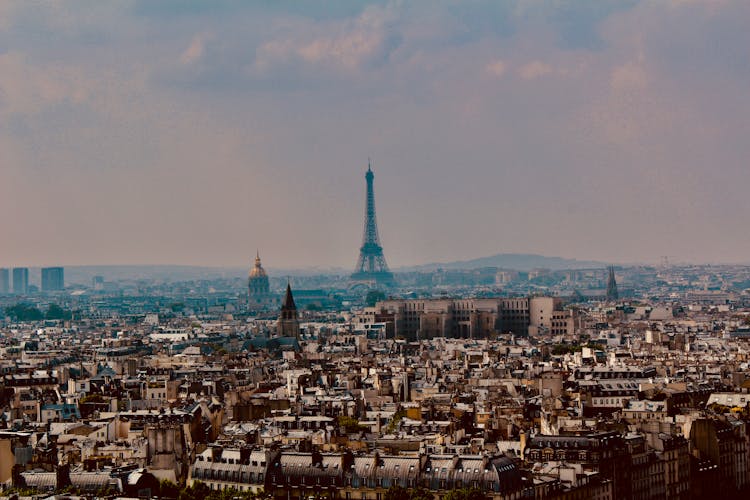All Categories
Featured
Table of Contents
The Eiffel Tower, a marvel of wrought-iron lattice, was brought to life by Gustave Eiffel, best known for his expertise in constructing metal structures. Envisioned for the 1889 World's Fair, the Tower was to commemorate the centennial of the French Revolution. Despite initial criticism and skepticism concerning its structural integrity and aesthetic, this masterpiece not only captivated the fair's attendees but also transformed architectural and engineering practices.
Eiffel utilized over 7,300 tons of iron, assembled with more than two million rivets, in a crisscross pattern to enable the structure to withstand high winds. The innovative use of iron made it possible to achieve heights that were previously unimaginable for a freestanding frame. This not only paved the way for future skyscrapers but also set a benchmark in construction that emphasized the importance of both form and function.
In an age dominated by traditional masonry, the Eiffel Tower's radical design played a crucial role in the acceptance and popularity of metal as a primary building material. The unique aesthetic and engineering methods used resound throughout architecture to this day.
Tourist Engagement and Cultural Impact
As a centerpiece of Parisian skyline, the Eiffel Tower beckons millions of visitors each year. Beyond its breathtaking heights and panoramic views of Paris, the Tower encapsulates a rich spectrum of history entwined with cultural evolution. Initially met with indignation from prominent Parisians and artists, who feared it would detract from the beauty of Paris, the structure has since become an indelible symbol of French ingenuity and resilience.
Today, the Eiffel Tower is not just a monument but a venue for prestigious events, fashion shows, and celebratory fireworks. Each level of the tower tells a different story, housing restaurants like Le Jules Verne and historical exhibits that explore its legacy. It frequently serves as the focal point of French national celebrations, a testament to its integration into the cultural fabric of the country.
Exploring the Design and Engineering of the Iconic Tower
The Tower's architectural genius lies in its simplicity and functionality. The four robust pillars support the intricate metal meshwork that converge intricately beneath the top antenna. This design not only provides stability but also allows the tower to gracefully withstand the buffeting winds of its high altitude—an early example of streamlined design.
The installations of elevators were pivotal, equipped with advanced safety features and designed to navigate the Tower's unique curvature. These elevators, maintained and updated over generations, serve millions annually, underscoring the tower's blend of aesthetic allure and practicality. Notably, the tower lights up the evening sky with a dazzling display of lights, making it a beacon in Paris' nightscape.
Eiffel Tower: An Edifice of Many Roles
Over the decades, the Eiffel Tower has served multiple roles beyond a mere exhibition piece. During World War I, it became a critical part of the military communications network. Later, it emerged as a significant contributor to scientific advancements, particularly in telecommunications and meteorology.
During its tenure as a public radio transmitter in the early 20th century, the tower helped to advance the science of radio broadcasting, extending its influence far beyond architecture into the realms of technology and science. Moreover, the tower’s location and height have made it an ideal station for meteorological observations crucial for atmospheric research.
To this day, the Eiffel Tower continues to play a multifaceted role in Paris, not only as a major tourist attraction but also as an antenna for nation-wide radio and television broadcasts.
Explore Further: Discover the intricacies of the Eiffel Tower, its historical impact, and its continuing role in French society and global culture.

Critical Reads
Latest Posts
Exploring the Influence of Social Media on Young Minds
Exploring the Vibrant Performances of Las Vegas
Maximize Your Marketing Impact with Comprehensive Tools